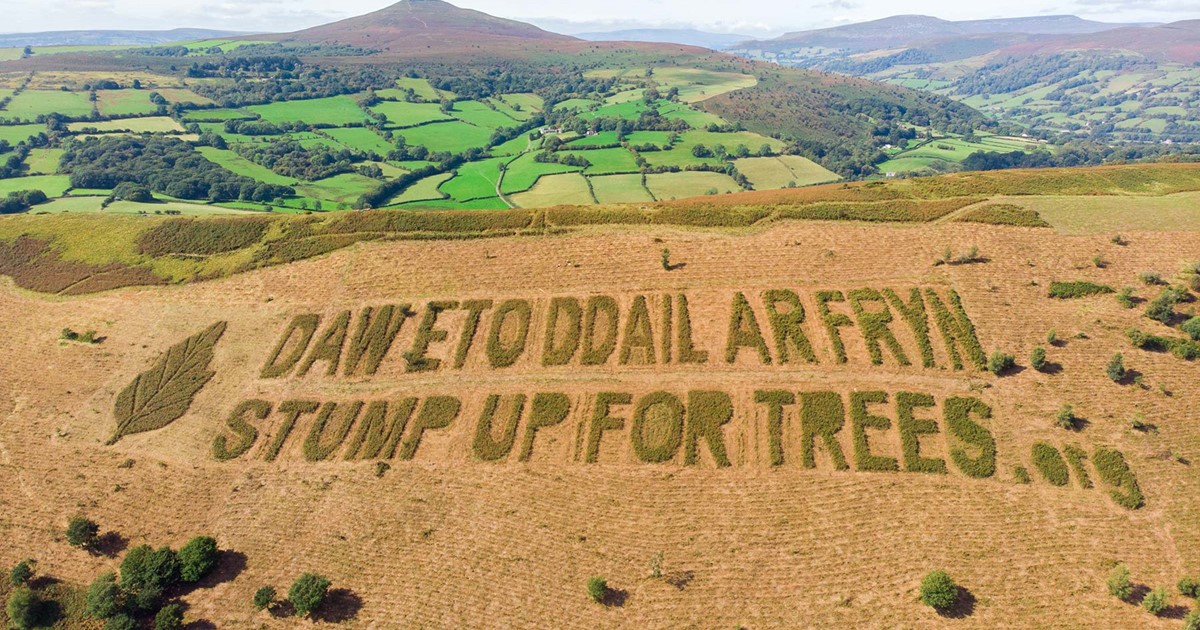Bryn Arw Common 2025 Update

This spring, if you were driving down the A465 from Abergavenny to Hereford, you might have seen an early green flush on the steep slopes of Bryn Arw. For the first time in generations that green flush was fresh leaves on young trees, not bracken. Of the mix of upland species we planted on the 64Ha site four years ago, the birch and rowan, both pioneer species, have got away fastest. Both species are already producing seed and natural regeneration is now taking place. Bryn Arw is starting to look and feel like a mixed mosaic woodland and wood pasture site.

This is echoed in the data we are gathering from our ecological surveys, particularly in areas where our saplings are beginning to provide pockets of shade, reducing the overall stength of the bracken.
All the oaks, hawthorn, crab apple and hazel we planted, however, still need our help. Keith’s efforts, mowing the site every summer with his Breilmaier, is having a major impact too, but in the areas of the common he can’t reach with the mower, the smallest saplings are still under threat – from bracken falling downhill on top of them as it dies back in autumn, swamping the saplings and snuffing them out.
Trees are astonishingly resilient: we have found six-foot oaks growing along the ground, knocked down each year by bracken, trying to find a place to emerge. They can only do this for so long, though, unless we can intervene and lift the bracken off.
Long-term management is critical in establishing resilient woodlands for the future. New research shows that, whether it is deer and squirrel predation , climate change or simply neglect, woodlands across the UK are struggling to regenerate through natural processes, while natural colonization of new sites is also slowing and getting more limited with respect to species. We are the key arbiters in why the landscape is where it is today, and have a responsibility to leave it in a better position for future generations. To get there, our woodlands need help.

We are running Bracken Bashing sessions, freeing the saplings up to improve biodiversity on this wonderful site, throughout August and September.
Please do come and join us if you fancy a day of action in the Black Mountains: hello@stumpupfortrees.org to find out more about volunteering.
